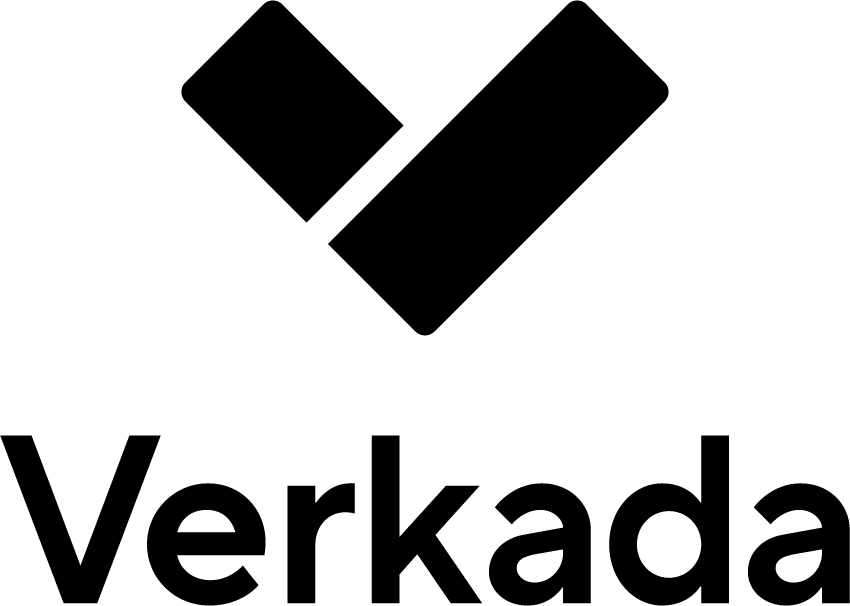Dive Brief:
- A new study of math completion patterns in Texas students found minor differences in academic success between those who took calculus versus those who took statistics. The researchers from the Thomas B. Fordham Institute concluded, however, that creating equitable access to advanced math pathways is a greater priority than which specific pathway is taken.
- Collecting data from over 5.2 million Texas public high school graduates from 2003 through 2020, the study focused on the roughly 178,000 students who took either AP calculus AB (equivalent to one semester of college calculus) or AP statistics between 2015 and 2020.
- Decades of research shows a strong link between the math courses students take in high school and their postsecondary outcomes, the report’s authors write. Among the correlated outcomes are a higher likelihood of attending a four-year college, majoring in and persisting within a STEM field, and attaining higher long-term earnings.
Dive Insight:
The most recent data on high school math course completion from the National Center for Education Statistics shows that only about 16% of students completed calculus in high school in 2019, and only 40% finished a precalculus course.
The Fordham report suggests many students take calculus not because the course is crucial in developing skills for future academic and professional success, but rather because passing it “has become a signal of elite ability” and the standard of academic rigor in college admissions.
Participation in both regular and AP statistics increased dramatically between 2003 and 2020, and statistics skills are often more applicable to the current job market than calculus skills, according to the study.
The report focused on data from public schools in Texas and utilized the state’s longitudinal data system, the Texas Education Research Center. TERC contains data on every public school student going back decades, including their demographic characteristics, standardized test scores and high school courses taken.
Based on TERC data, the study found that between 2003 and 2019, the percentage of schools offering AP calculus AB declined from 60% to 52%. Meanwhile, the percentage of schools offering AP statistics remained relatively constant at just above 30%.
Overall, the report found no statistically significant differences between AP calculus AB and AP Statistics students in regard to their probability of attending any college or four-year institution or completing a bachelor’s degree. However, AP statistics students are roughly 2 percentage points more likely to attend a private four-year institution. Meanwhile, AP calculus AB students are 6 percentage points more likely to enroll in a selective institution.
Regardless of whether students choose to take calculus or statistics, the report points out that expanded access to advanced math in general has the strongest potential impact on student achievement and future outcomes. Students who complete higher level math courses in high school tend to have better postsecondary educational outcomes and earnings, the report states.
The researchers' main goal with this study is to ensure that expanded pathways do not come at the expense of rigor, equity or economic mobility. The study highlights that a non-calculus pathway can be rigorous and effective, but it must be supported by strong standards, curricula and assessments.
Researchers also recognized that diversifying these pathways is not enough to close equity gaps. Higher-income, White and Asian students are more likely to enroll in these courses than their peers, the study found. The report points out that the real equity challenge is not about calculus versus statistics, but rather ensuring that students from all backgrounds have access to rigorous advanced math.
To achieve this, the report recommends starting earlier and thinking bigger through actions such as investing in middle school algebra pipelines, supporting teacher capacity, and confirming that students and families understand their options.
The report emphasizes that the discussion shouldn't be framed as a choice between options. Instead, schools should focus on providing students with quantitative reasoning skills aligned with their intended pathways, which may include both calculus and statistics when relevant.






 Dive Awards
Dive Awards





